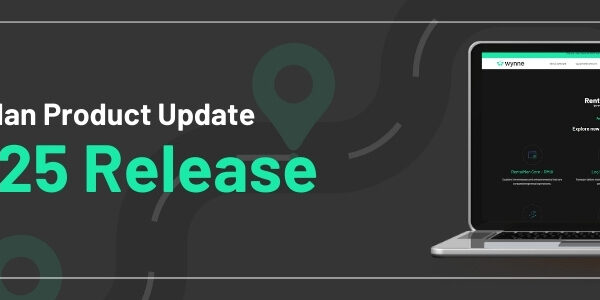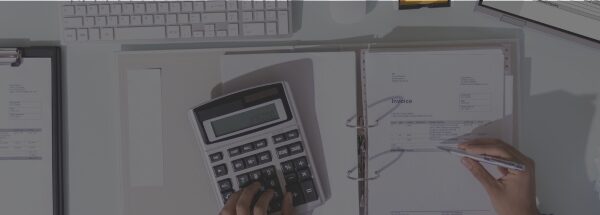
Choosing the right ERP to support your hire or internal plant business processes is critical. While there may be many hire solutions that might work, you should choose one that will work best for your business without requiring major overhauls.
It is often the case that companies select an ERP solution without first checking whether it is capable of managing the diverse and complex nature of a hire business. Plant hire is often referred to as three dimensional because of its complexity with charging mechanisms, commodity types and requisitions. Requisitions themselves may cause a complete meltdown in a system that is unable to cope with weekly or monthly cyclical billing patterns, let alone more complicated business specific charging calculations.
Below are steps to consider when you want to shortlist your options. The most important things you need to consider when you’re putting your RFP together are the things that make your business different.
Step 1: Work out what you want
If you’re using a consultant to help you put together your RFP, they will almost certainly have a generic ERP checklist that they’ve used many times before. That’s great, and you should take that as a first step, but give it a thorough read-through and remove anything that doesn’t make sense for your business.
If you aren’t using a consultant, then you need to include all your departments in putting together a list of requirements.
Whichever method you use, make sure you include the operational business in the process. Operational processes tend to suffer most in a generic ERP solution, especially plant hire. Often, productivity and efficiency in operational areas give you the longest-term benefits. If 60% of your revenue comes from your hire business, then 60% of the RFP discovery should relate to your hire process.
Step 2: Decide your RFP method
Method A: Traditional
Traditional RFPs put together a big spreadsheet of hundreds of questions listing all the features or functions you want in your new system. Create a scoring mechanism (e.g.: 5-Out of the box, 4-Minor customization, down to 0-Won’t do it).
You might ask, “Can you manage price lists for different re-rent suppliers?” However, the problem with these kinds of RFPs is you end up with a nice, neat score at the bottom of the spreadsheet, with only a few people who actually bother to read the responses in detail.
Method B: Challenging
A challenge method would be to find out whether the supplier understands your business before issuing your checklist. Give the supplier a series of high-level questions on the broad topics you know make your business special, such as “Explain how your system will make our re-hire process more efficient across all our departments” or “How will our hire desk staff be able to manage re-hire margins effectively?”
We’ve started to see this style of RFP more and more recently, and they are definitely a challenge for us, as a supplier. Rather than scanning down a bunch of questions, answering them quickly, and moving on, we have to consider the best response to each question. This is more work for us, but you should be able to see instantly whether we have an understanding of your industry and core hire processes. This helps you see if there is a fit for your specific business processes.
Step 3: Weigh your questions
Make sure that your questions are weighted in favour of asset management or hire-specific functions. Don’t spend too much time asking for relatively generic processes like “GL management” or “Buying equipment”. Being a hire, construction or utilities company is what makes you different, and that’s what your RFP should reflect. Identify, as quickly as possible, where the gaps will be so you can concentrate on those areas.
As we stated earlier, if 60% of your revenue comes from rentals, 20% from sales, and 20% from maintenance and servicing, then that’s how your questions should be weighted in an effective RFP. Always follow the money.
Step 4: Have an interactive workshop
Do not rely solely on an RFP response to make a decision or even to create a short list. You want to see the software in action, which means a live demo of the actual software and not just a PowerPoint presentation.
Break through the clutter by creating scenarios for the supplier to follow in the workshop. The best scenarios are not necessarily prescriptive in terms of process steps, but you should tell the supplier what you do now in simplistic terms and what you’re trying to achieve. That way, you’re encouraging the supplier to show you what they know about your industry, as well as their best practices.
If you have a scenario that is unique to your business, make sure you include it in your scenarios list.
Get operational and financial people in the room together to view the workshop and make sure they’re allowed to ask questions. Realistically, you might only get through one or two scenarios in an hour if your team is actively engaged, so prioritize your scenarios. You find out more from questions and answers in an interactive workshop than from an Excel spreadsheet.
Following these steps should help you find the best hire software for your business.




